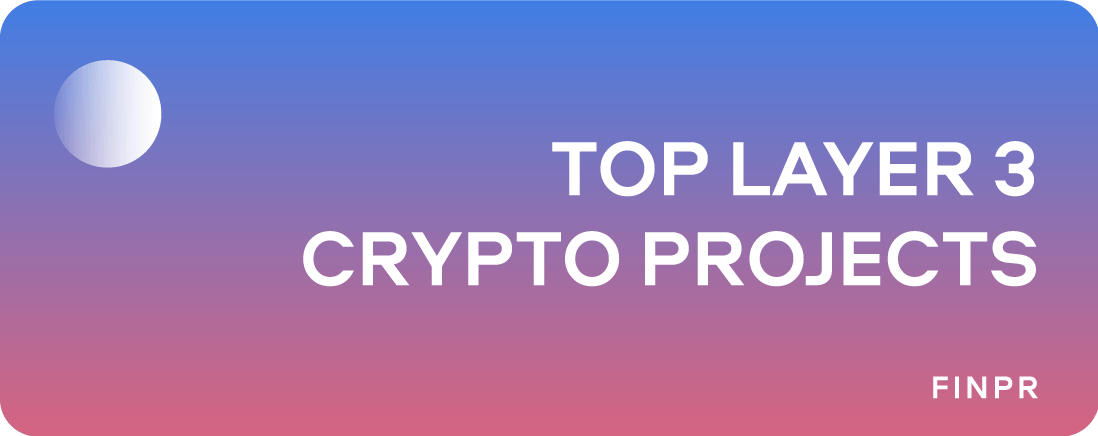
As blockchain adoption grows, Layer 3 solutions are emerging as a crucial component for scalability and interoperability. These projects build on existing blockchain layers, enabling faster transactions, improved security, and better user experiences. This article highlights the top Layer 3 crypto projects making significant strides in the industry.
What is Layer 3 in Blockchain?
As blockchain technology evolves, the need for enhanced scalability, interoperability, and user-friendly applications has become more apparent. While Layer 1 networks like Bitcoin and Ethereum serve as the foundation of decentralized systems, and Layer 2 solutions aim to improve transaction speed and efficiency, Layer 3 is emerging as a critical component that enhances usability and real-world adoption.
Layer 3 refers to an additional protocol layer built on top of Layer 2 solutions, designed to improve blockchain functionality beyond scalability. Unlike Layer 2, which primarily focuses on speed and cost efficiency, Layer 3 is tailored for specific use cases such as decentralized applications (dApps), cross-chain communication, and enhanced security models.
Layer 3 can be thought of as the "application layer" of blockchain, where developers create user-facing solutions that seamlessly interact with underlying Layer 1 and Layer 2 technologies. It facilitates smoother experiences for users by abstracting technical complexities while maintaining decentralization and security.
How Layer 3 Differs from Layer 1 and Layer 2
To better understand the role of Layer 3, let’s compare it with Layer 1 and Layer 2:
- Layer 1 (Base Blockchain Layer): This is the fundamental layer that includes blockchains like Ethereum, Solana, and Bitcoin. It is responsible for consensus, security, and data integrity but often struggles with scalability.
- Layer 2 (Scalability Layer): Solutions like rollups (Optimistic and ZK-Rollups), sidechains, and state channels work on top of Layer 1 to increase transaction speed and reduce costs. However, they mainly focus on scalability rather than usability.
- Layer 3 (Application & Customization Layer): This layer provides tailored solutions for decentralized applications, interoperability, and enhanced functionalities beyond transaction processing. It ensures that blockchain-based applications can be more user-friendly and efficient.
Why Layer 3 is Important
- Enhanced Interoperability – Layer 3 solutions allow seamless communication between different blockchains, enabling cross-chain transactions and asset transfers. This is crucial for a truly interconnected Web3 ecosystem.
- Customization & Specialized Use Cases – Unlike general-purpose Layer 1 and 2 solutions, Layer 3 protocols can be optimized for specific applications such as DeFi, gaming, NFTs, and enterprise solutions.
- Improved User Experience – By simplifying interactions with blockchain networks, Layer 3 reduces complexity for end-users, making decentralized applications more accessible.
- Security & Compliance Enhancements – Some Layer 3 projects introduce additional security measures, privacy features, and regulatory compliance solutions to facilitate mainstream adoption.
- Efficiency & Cost Savings – By optimizing how dApps interact with blockchain layers, Layer 3 reduces transaction fees and enhances processing speeds.
Examples of Layer 3 in Action
Layer 3 is still an evolving concept, but several blockchain projects are already implementing L3 solutions in different areas:
- Cross-chain bridges and interoperability protocols that enable seamless asset transfers between different blockchains.
- Blockchain-based gaming platforms that optimize transaction speed and in-game economies.
- Decentralized identity solutions that enhance privacy and security for Web3 users.
Top Layer 3 Crypto Projects
1. Orbs (ORBS)
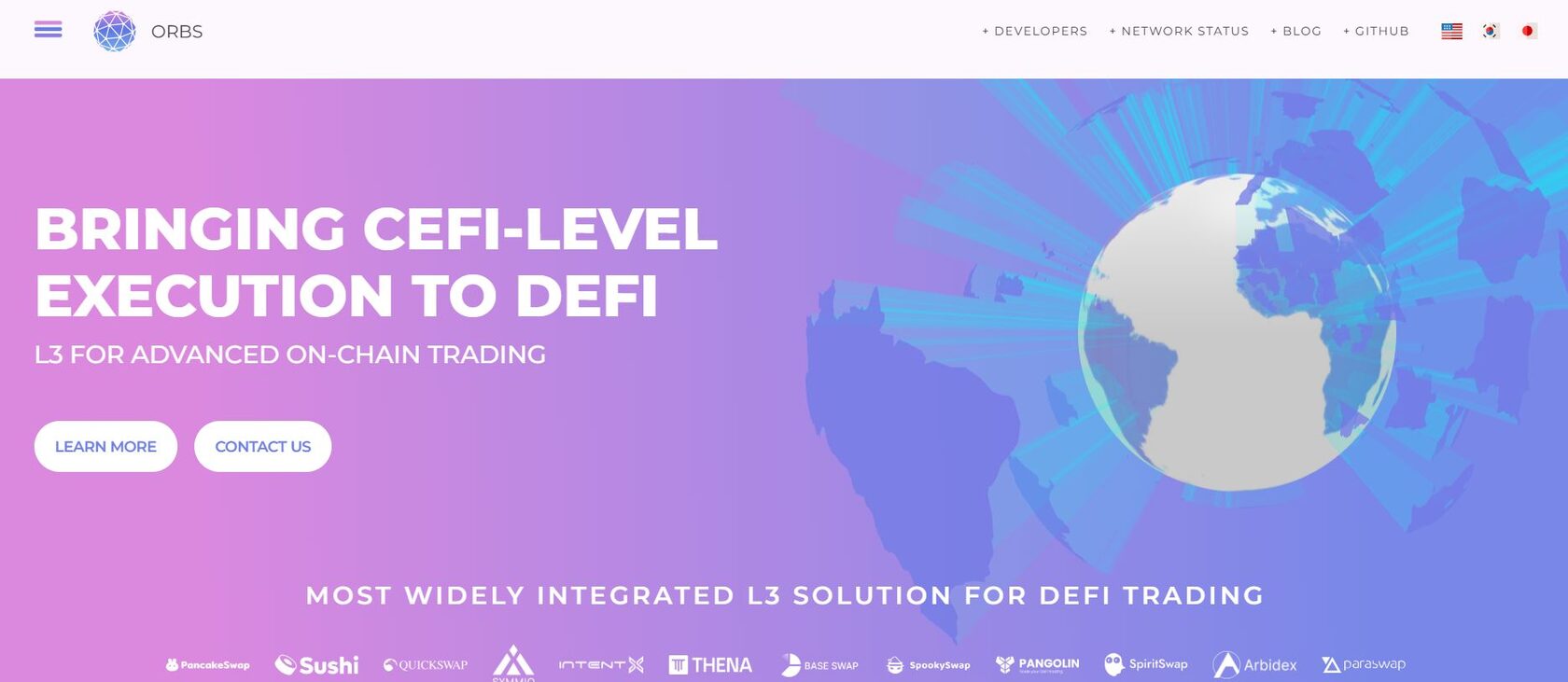
Orbs is a public blockchain infrastructure designed to complement existing Layer 1 and Layer 2 solutions. By operating as a decentralized backend, it enhances the capabilities of smart contracts, offering scalability and isolation for decentralized applications (dApps). This architecture allows developers to optimize performance and customize their applications without altering the underlying blockchain protocols.
The platform employs a Proof-of-Stake (PoS) consensus mechanism, ensuring security and efficiency. Orbs' multi-chain staking model enables token holders to stake on both Ethereum and Polygon networks, promoting flexibility and broader participation within the ecosystem.
- Acts as a decentralized backend to enhance dApp performance.
- Utilizes a PoS consensus mechanism for security and efficiency.
- Supports multi-chain staking on Ethereum and Polygon.
2. Degen (DEGEN)
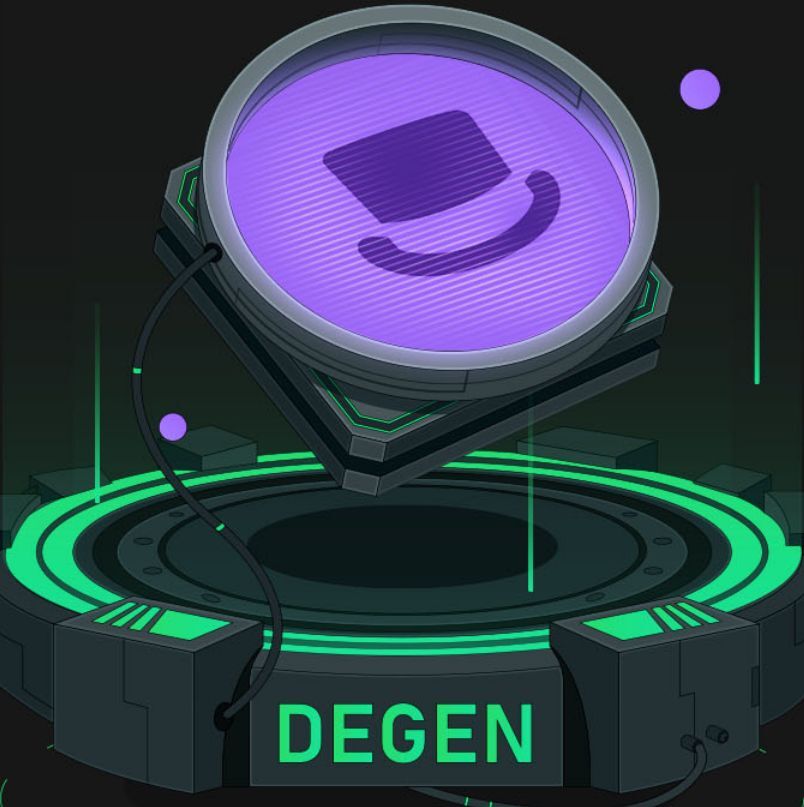
Degen is a Layer 3 protocol that emerged from the Farcaster community, initially serving as a reward token for active participants. It has since evolved into a project aiming to enhance blockchain interoperability and user engagement. By leveraging community-driven initiatives, Degen seeks to create a more interconnected and efficient blockchain ecosystem.
The DEGEN token facilitates various activities within its network, promoting active participation and governance. Its rapid growth since its launch in January 2024 underscores its potential in the Layer 3 space, particularly in fostering community engagement and decentralized governance.
- Originated as a reward token within the Farcaster community.
- Focuses on enhancing blockchain interoperability and user engagement.
- Emphasizes community-driven development and governance.
3. Xai (XAI)
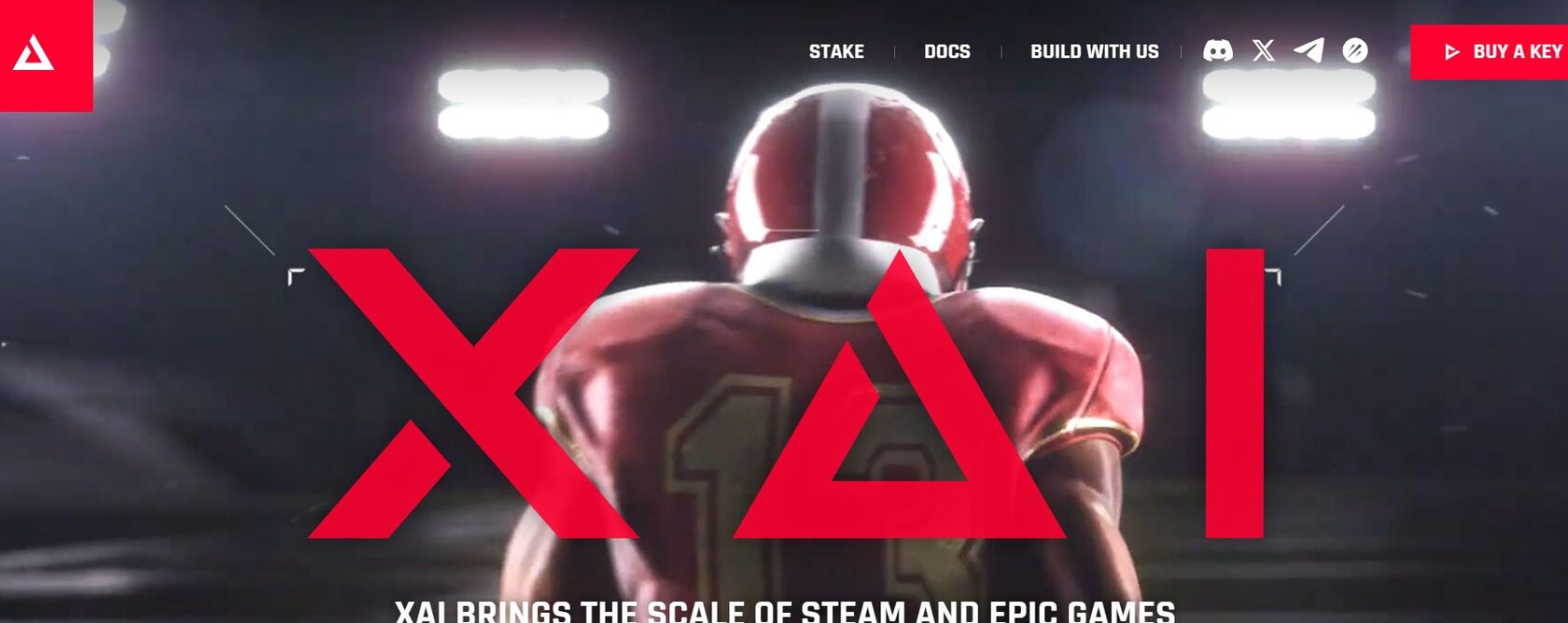
Xai is recognized as the first Layer 3 blockchain protocol specifically designed for AAA gaming. Built on top of Arbitrum and developed by Offchain Labs, Xai addresses complexities associated with wallet management and blockchain integration in gaming. This enables traditional gamers to seamlessly own, trade, and interact with in-game assets, bridging the gap between conventional gaming and blockchain technology.
The platform focuses on providing a user-friendly experience, ensuring that gamers can engage with blockchain elements without needing extensive technical knowledge. Xai's approach aims to drive mainstream adoption of blockchain in the gaming industry by simplifying interactions and enhancing accessibility.
- Tailored for high-quality gaming experiences.
- Simplifies wallet management and asset ownership for gamers.
- Aims to integrate blockchain seamlessly into traditional gaming.
4. Cartesi (CTSI)
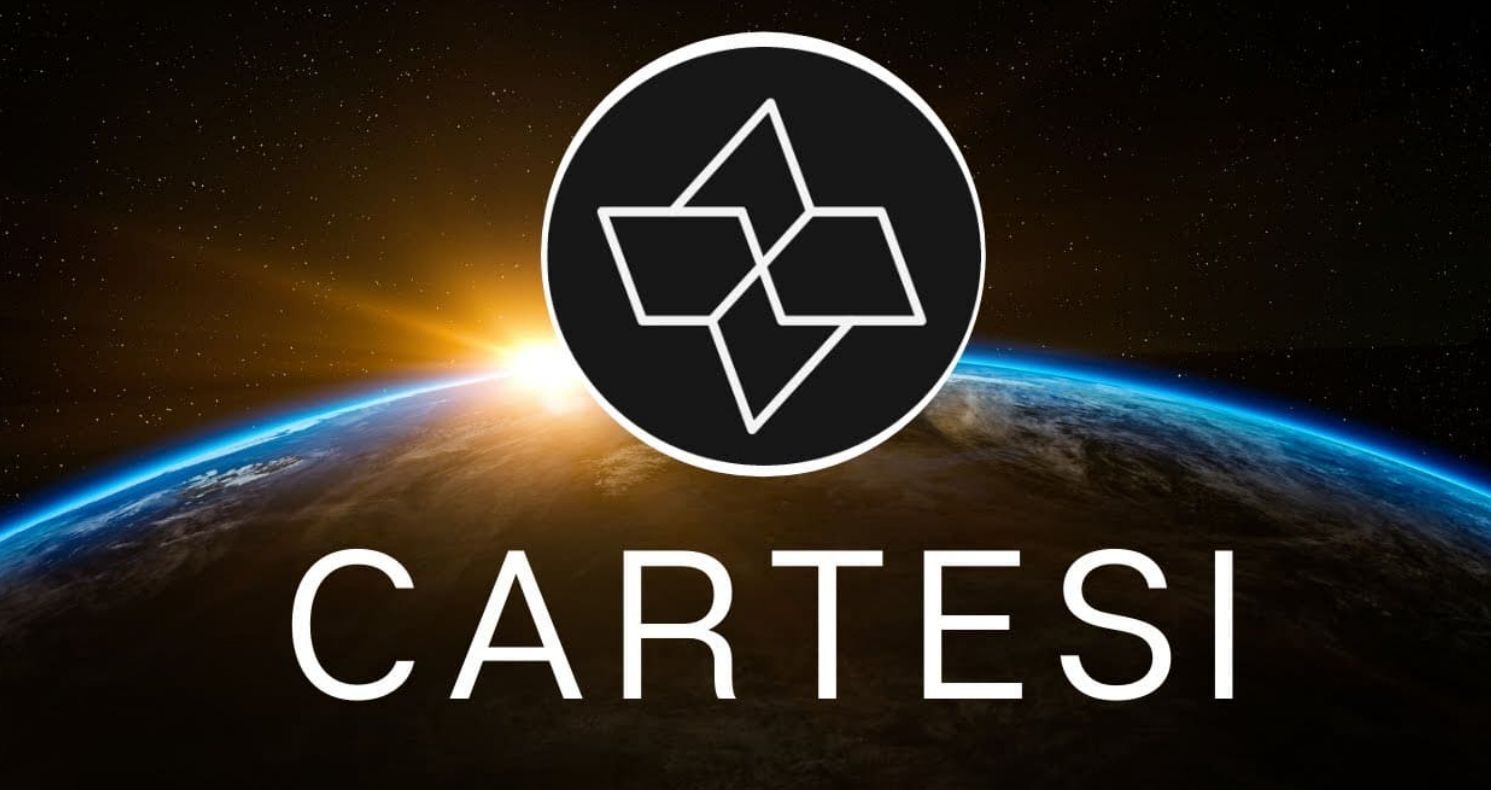
Cartesi is a Layer 2 protocol that enhances blockchain scalability and reduces transaction fees. It allows developers to deploy smart contracts and dApps using common programming languages, making blockchain development more accessible. By enabling off-chain computation, Cartesi ensures that complex applications can run efficiently without burdening the main blockchain network.
The CTSI token powers the network, serving purposes such as staking and paying for transaction fees. Cartesi's approach opens avenues for developers to create sophisticated applications that require substantial computational resources, all while maintaining the security and decentralization of the blockchain.
- Enables off-chain computation for complex applications.
- Allows the use of mainstream programming languages in dApp development.
- Aims to make blockchain development more accessible and scalable.
5. Dream Machine Token (DMT)
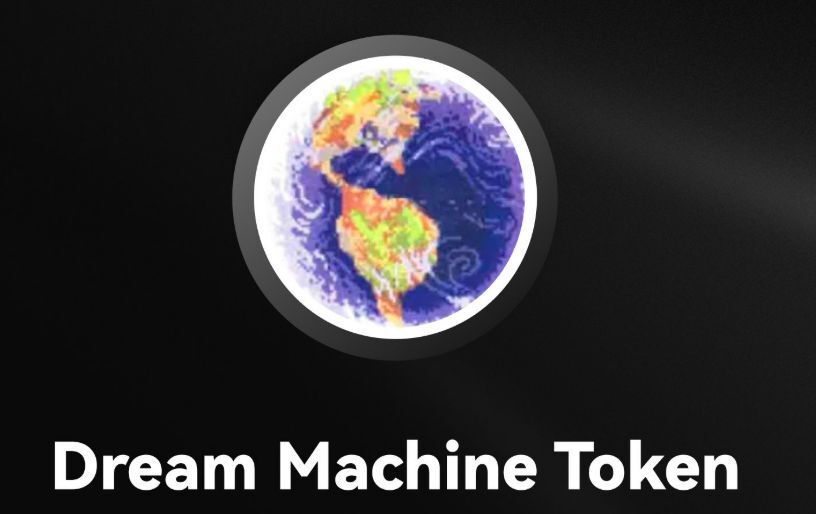
Dream Machine Token is the native token of Dream Machine Games, a gaming platform operating on the Arbitrum network. The platform combines NFTs and token-based gaming with social networking features to create a unique gaming experience. DMT is used to power games on the platform and to reward network participants for their engagement.
By integrating gaming with blockchain technology, Dream Machine aims to offer players true ownership of in-game assets and foster a vibrant community. The platform's focus on blending gaming with social elements seeks to enhance user engagement and create a more immersive experience.
- Integrates NFTs and token-based gaming with social networking.
- Provides true ownership of in-game assets to players.
- Focuses on creating an immersive and engaging gaming community.
6. Quant (QNT)

Quant aims to solve interoperability issues between different blockchain networks through its Overledger Network, a Layer 3 solution that connects various blockchains and existing networks without requiring any changes to their underlying protocols. This facilitates seamless communication, data exchange, and transaction execution across multiple platforms.
By providing a unified API for developers, Quant simplifies the creation of multi-chain applications, enabling businesses to leverage the strengths of various blockchains simultaneously. This approach reduces complexity and fosters innovation in developing dApps that can operate across different blockchain ecosystems.
- Provides interoperability between diverse blockchain networks.
- Enables development of multi-chain applications with a unified API.
- Facilitates seamless data and asset transfers across platforms.
7. Ethereum Name Service (ENS)
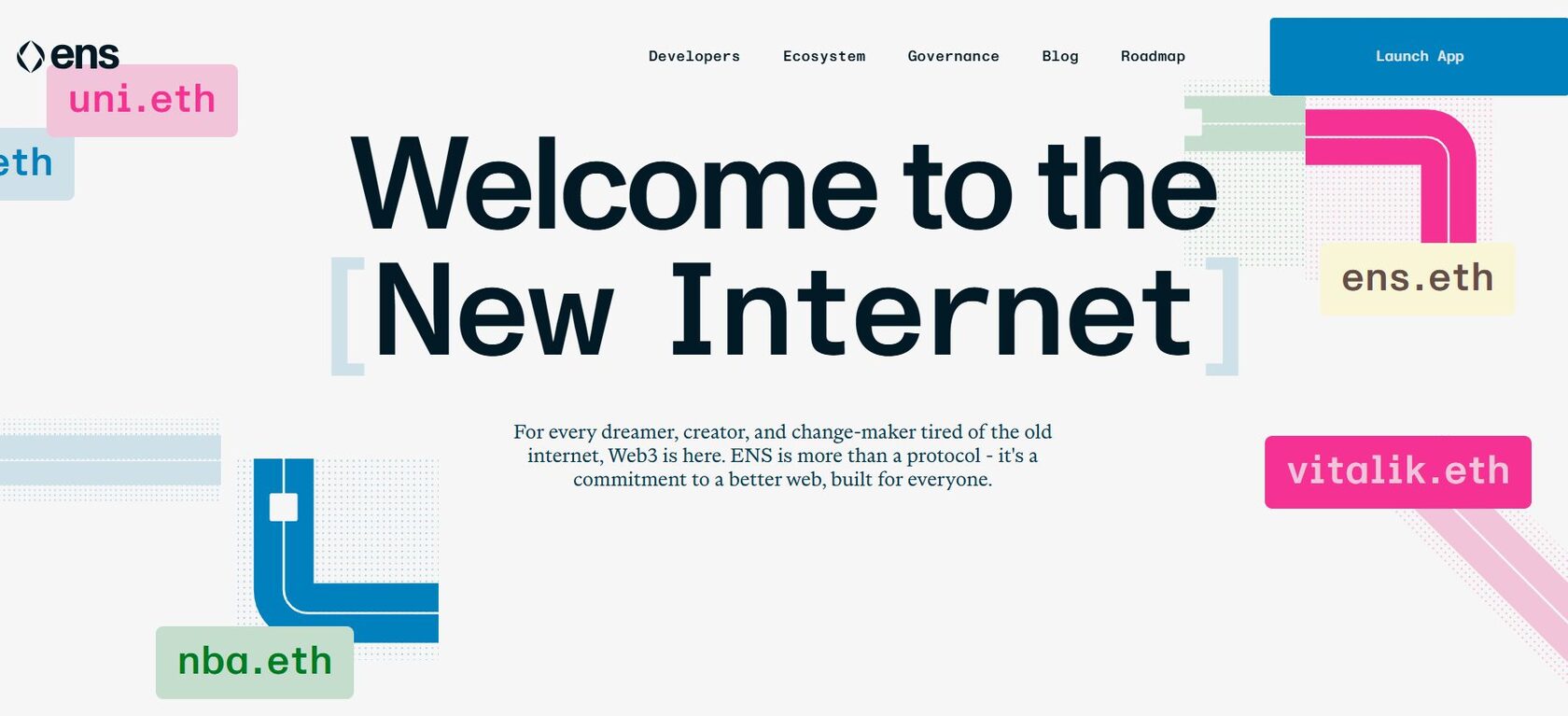
The Ethereum Name Service (ENS) simplifies the interaction with complex blockchain addresses by providing human-readable names. Instead of using lengthy alphanumeric addresses, users can register easy-to-remember names (e.g., 'alice.eth') to represent their wallets, smart contracts, or other resources, enhancing the user experience in decentralized applications.
ENS operates on the Ethereum blockchain and is compatible with various decentralized services, making it easier for users to send and receive assets, interact with dApps, and manage their digital identities without dealing with cumbersome address strings.
- Maps human-readable names to complex Ethereum addresses.
- Enhances user experience by simplifying transactions and interactions.
- Widely adopted across Ethereum-based services and applications.
Why These Layer 3s Made the List
We scored live Layer 3 projects on a 100-point scale. We looked at tech, traction, developer momentum, security, and ecosystem health. We used public data and hands-on checks.
The Role of Layer 3 in Blockchain Development
How Layer 3 Projects Are Transforming Blockchain
Layer 3 projects are bringing significant advancements to the blockchain space by addressing key challenges that earlier layers could not fully solve. Their impact can be seen in multiple areas:
1. Enabling More Complex dApps
- Many blockchain applications require specific optimizations that general-purpose Layer 1 and Layer 2 solutions do not offer.
- Layer 3 enables industry-specific solutions for DeFi, gaming, NFTs, and enterprise applications.
- By simplifying blockchain interactions, Layer 3 improves the usability of decentralized applications, making them more accessible to non-technical users.
2. Bridging Web2 and Web3 for Mainstream Adoption
- Traditional Web2 applications often struggle with integrating blockchain features due to scalability and complexity.
- Layer 3 solutions provide APIs, SDKs, and developer tools that allow easy integration of blockchain functionalities into Web2 services.
- This enables businesses and developers to build hybrid applications that combine the best of Web2 and Web3, enhancing adoption.
3. Creating New Opportunities in DeFi, Gaming, and the Metaverse
- Layer 3 solutions are unlocking more efficient, scalable, and user-friendly DeFi applications by optimizing transaction speeds and reducing gas fees.
- In blockchain gaming, Layer 3 allows seamless asset transfers, in-game economies, and better user experiences.
- The metaverse and digital identity solutions rely on Layer 3 for interoperability, ensuring users can move assets and identities across different platforms seamlessly.
Key Challenges Facing Layer 3 Projects
While Layer 3 presents significant advancements, it also comes with its own set of challenges:
1. Scalability and Infrastructure Dependencies
- Layer 3 solutions rely on the security and efficiency of underlying Layer 1 and Layer 2 networks.
- If the base layer experiences congestion or vulnerabilities, Layer 3 applications can also be affected.
2. Security Risks and Smart Contract Vulnerabilities
- As Layer 3 projects introduce additional functionalities, they also increase the attack surface for malicious actors.
- Ensuring robust security measures and smart contract auditing is crucial for preventing exploits.
3. Competition and Differentiation Among Layer 3 Projects
- The blockchain space is highly competitive, with multiple Layer 3 projects emerging in similar areas.
- Projects need strong use cases, real-world adoption, and unique value propositions to stand out.
4. Regulatory and Compliance Challenges
- As blockchain adoption grows, regulatory scrutiny increases, affecting how Layer 3 projects operate.
- Layer 3 solutions focusing on identity verification, KYC, and data privacy must navigate complex legal landscapes.
Upcoming Innovations in Layer 3 Blockchain Applications
As blockchain technology continues to evolve, Layer 3 solutions are poised to play a pivotal role in addressing current limitations and unlocking new capabilities. Several key trends and innovations are emerging in this space:
1. Enhanced Interoperability
Layer 3 solutions are increasingly focusing on creating seamless communication channels between disparate blockchain networks. By facilitating interoperability, these solutions enable assets and data to move freely across various platforms, fostering a more connected and efficient blockchain ecosystem.
2. Application-Specific Customization
The development of application-specific chains, or "app chains," is gaining momentum. These tailored Layer 3 solutions are designed to meet the unique requirements of specific applications, such as gaming, finance, or supply chain management, providing optimized performance and functionality.
3. Scalability Improvements
Innovations in Layer 3 are addressing scalability challenges by implementing advanced consensus mechanisms and off-chain processing techniques. These approaches aim to increase transaction throughput and reduce latency, making blockchain applications more responsive and capable of handling higher volumes of transactions.
4. Integration of Advanced Technologies
Layer 3 solutions are beginning to incorporate advanced technologies such as AI and the Internet of Things (IoT). This integration enhances the capabilities of blockchain applications, enabling more sophisticated data analysis, automation, and real-time decision-making processes.
5. Focus on User Experience
Improving the user experience is a significant trend in Layer 3 development. By abstracting the complexities of blockchain technology, Layer 3 solutions aim to provide more intuitive interfaces and smoother interactions, thereby lowering the barrier to entry for mainstream users and encouraging wider adoption.
These emerging trends and innovations in Layer 3 are set to redefine the capabilities and applications of blockchain technology, paving the way for more versatile, efficient, and user-friendly decentralized systems.
Closing Thoughts
Layer 3 is emerging as a vital component in the blockchain ecosystem, bridging the gap between scalability, interoperability, and real-world usability.
As adoption grows, Layer 3 projects will play a crucial role in bringing blockchain into mainstream industries, from finance and gaming to enterprise solutions and the metaverse. Despite challenges like security risks and regulatory hurdles, the continuous innovation in this space promises to unlock new opportunities for decentralized applications and mass adoption.




